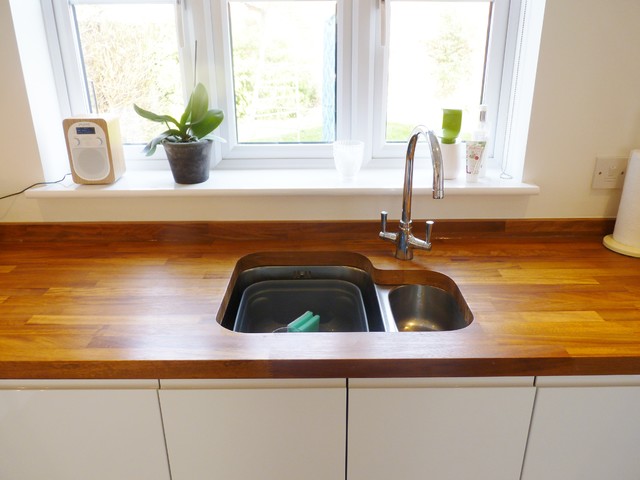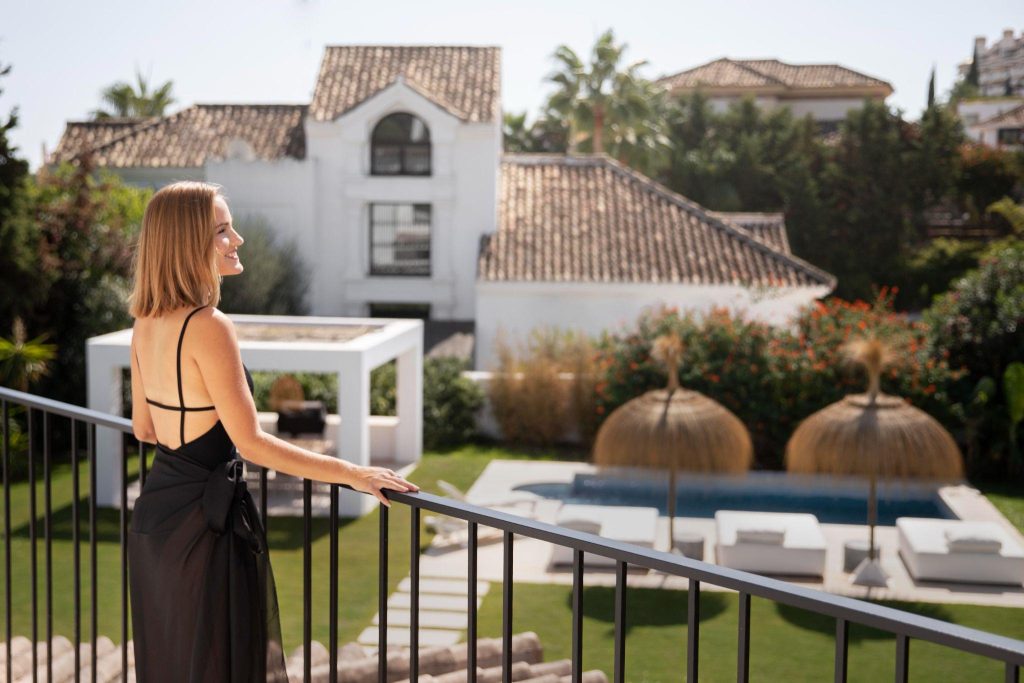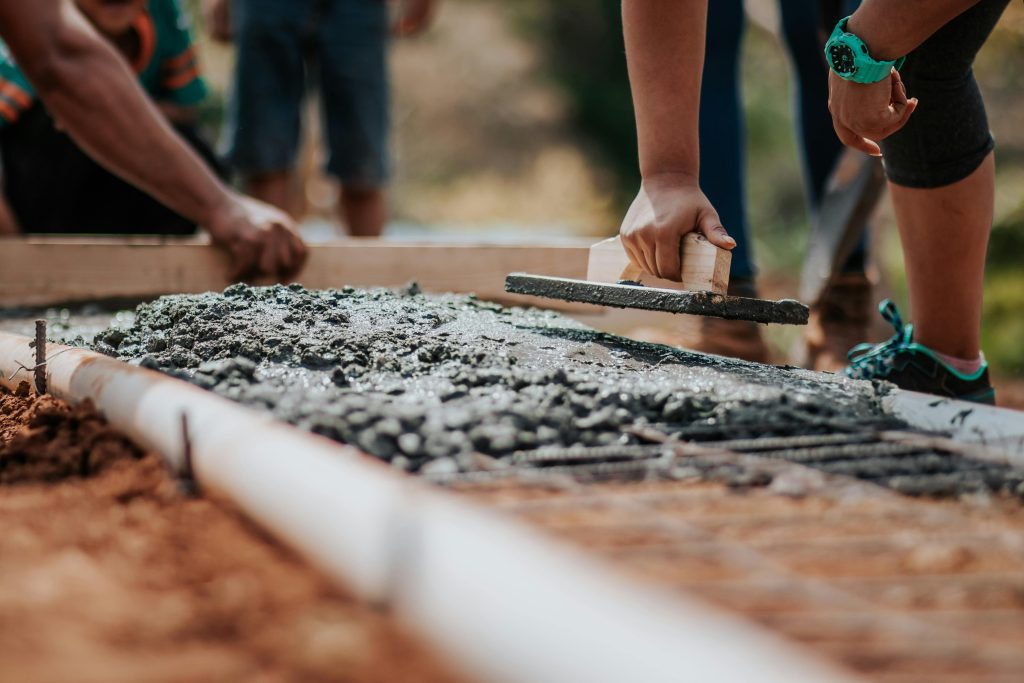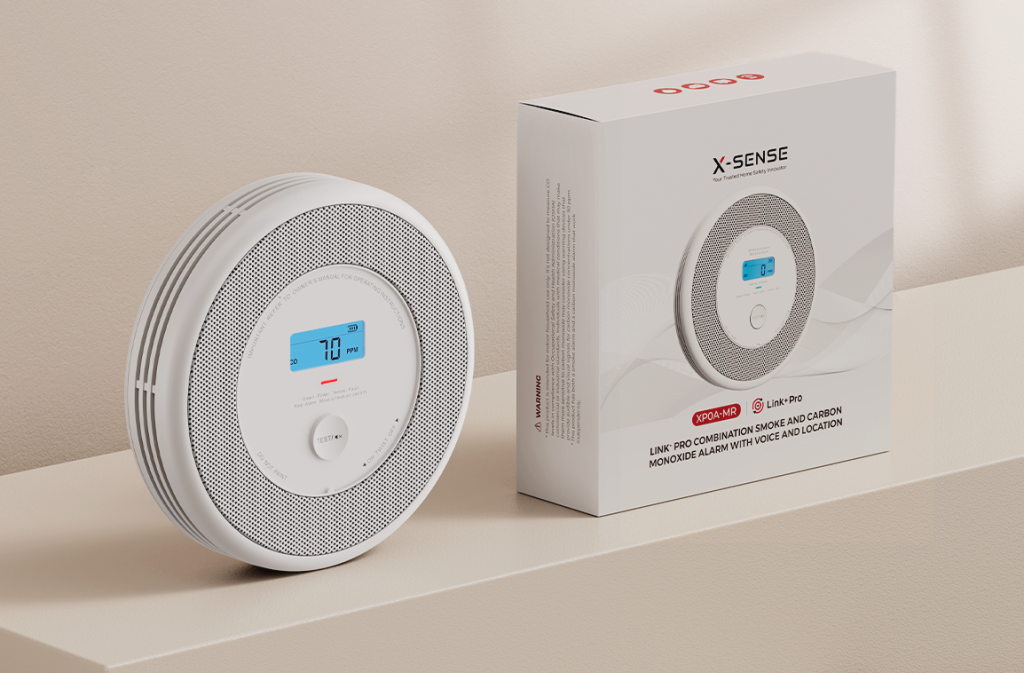The kitchen has long transcended its utilitarian origins, becoming a space where functionality meets refinement, and material choice speaks volumes about the wider architectural vision. Whether open-plan or self-contained, it often serves as the architectural focal point, where material, proportion and lighting coalesce into a singular design statement. A luxurious kitchen is not solely defined by cost or scale, but by how its components are considered, composed, and refined.
What Makes a Kitchen Feel Luxurious
A truly luxurious kitchen is defined not by one element, but by a collection of interrelated design decisions that together create a sense of visual balance, spatial generosity, and tactile quality. It is rarely about grandeur alone; rather, it’s about coherence, proportion, and the intelligent use of premium materials.
One of the defining features of a luxury kitchen is material integrity. Surfaces that are authentic—stone, wood, metal—bring natural variation and depth, signalling craftsmanship and permanence. These are materials that not only age well, but become more characterful with time. Faux finishes and plastic laminates, by contrast, tend to date quickly and lack the same emotional resonance.
Joinery detailing is another indicator of high-end specification. Flush cabinetry, continuous grain runs, soft-close mechanisms and integrated appliances all contribute to a refined aesthetic. Lighting, too, is purposeful: layered across zones, concealed where appropriate, and warm in tone.
Spatial clarity plays an equally crucial role. Luxury kitchens tend to prioritise flow and sightlines, avoiding clutter and maximising natural light. Islands are often designed with generous proportions, not just for function but to create architectural punctuation, a gesture that anchors the room.
Finally, luxury is tactile. A kitchen should feel as good as it looks. This is where surface materials become so important, which leads us naturally to timber.
How Surface Materials Influence Mood and Atmosphere
Among all the choices a designer or homeowner makes, surface material is one of the most psychologically influential. We engage with these elements daily, not just visually, but through touch and routine. Materials such as wood, stone, and brushed metal possess a natural variation that lends authenticity to a space. When compared to synthetic or highly polished alternatives, natural surfaces tend to absorb light rather than reflect it harshly, diffusing brightness and softening the overall atmosphere.
Wood worktops, in particular, introduces both warmth and grounding. Its grain pattern and tonal depth create movement and visual interest, while its organic irregularities subtly break up uniform surfaces. A well-chosen worktop or feature panel can define the emotional character of a kitchen far more effectively than decorative accessories or lighting schemes.
The Aesthetic Character of Iroko: Warmth, Grain and Depth

Iroko is a tropical hardwood prized for its deep tonal range and tactile grain. Its colour shifts from golden amber to rich bronze, maturing over time into a warm, dignified patina. This natural ageing process contributes to the depth and authenticity associated with high-end kitchen interiors.
The wood’s interlocked grain creates movement across the surface, adding visual interest without overt patterning. When finished with oil or hardwax, iroko develops a soft lustre, reflective enough to reveal the wood’s structure, but never glossy or synthetic in appearance.
Visually, iroko works across a range of styles. It complements both traditional cabinetry and modern architectural forms. As a full-surface specification or as a feature element, it brings warmth and composure to a space. But it is its adaptability that it remains a popular choice among those designing with texture, contrast, and long-term aesthetic value in mind.
Design Integration: How to Style Iroko Wood in Contemporary Spaces

Iroko’s strength as a design material lies not only in its visual richness, but in how seamlessly it integrates into contemporary interiors. Its warm, organic tones provide a counterbalance to modern surfaces, softening the sharp geometry often found in today’s kitchen architecture.
In handleless kitchens with minimalist cabinetry, iroko worktops introduce contrast and depth. A single plane of timber (used for work surfaces, waterfall ends, or vertical panelling) can offset a neutral colour scheme and create a sense of warmth without disrupting the clean lines of the space. For darker kitchens, iroko brings a luminous counterpoint that prevents the overall look from becoming too heavy or monochromatic.
Smaller interventions can be just as effective. Incorporating iroko on a standalone island, dining peninsula, or breakfast bar worktop allows for warmth and material interest without overwhelming the layout, becoming focal points that naturally draw attention to the wood’s grain and colour, anchoring the design while providing a tactile zone for daily interaction.
Designers often combine iroko with complementary finishes: soft matte lacquer, brushed brass, natural stone, or handmade ceramic. These layered material palettes echo the logic of high-end interiors: varied but controlled, tactile but not busy.











